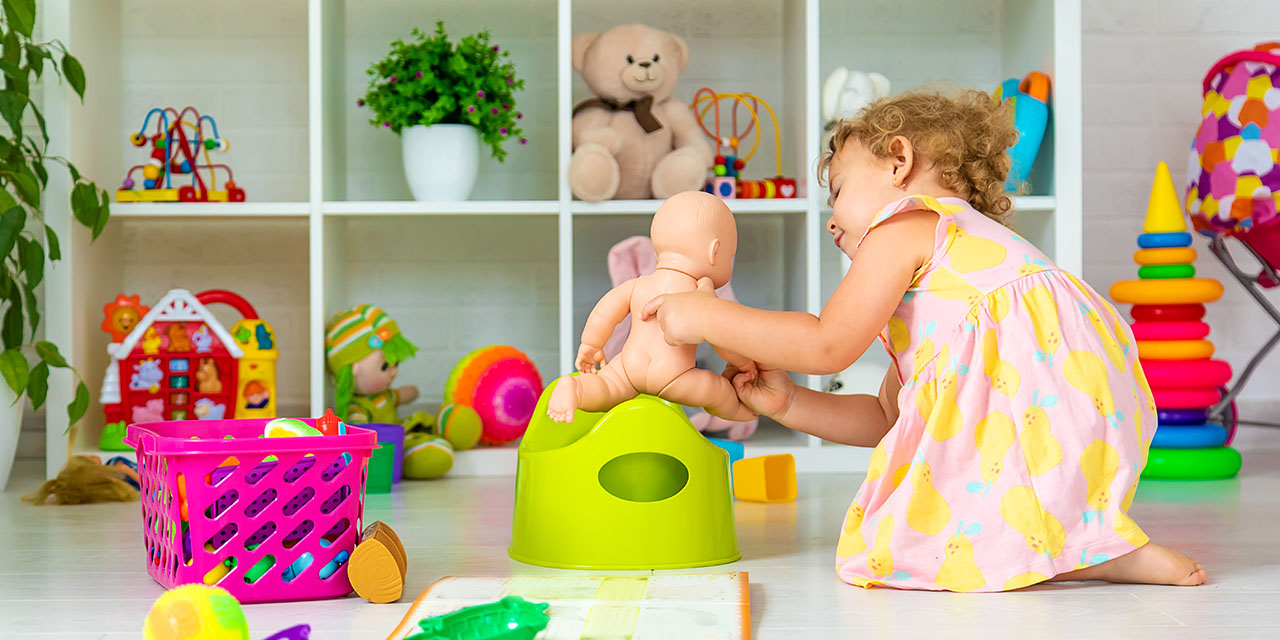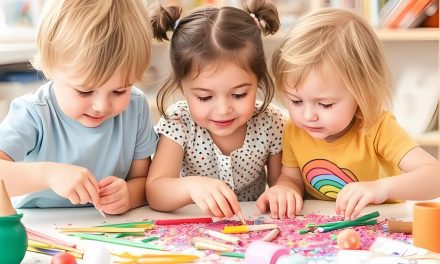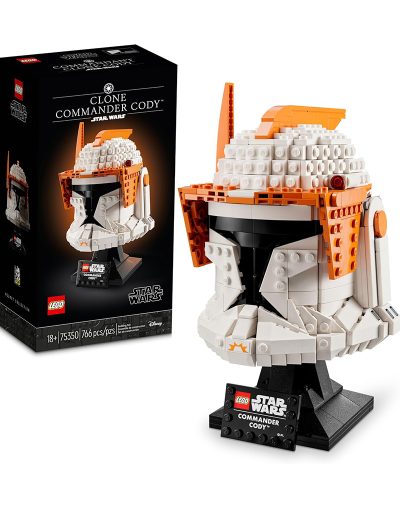Potty training is a significant milestone in a child's development. It marks the transition from diapers to using the toilet independently.
As a parent, understanding the signs that indicate your child is ready for potty training and the different methods available can make the process smoother and more successful. In this comprehensive guide, we will explore the essentials of potty training, including:
- The right time to start
- Signs of readiness
- Different training methods
Whether you're a first-time parent or have gone through this stage before, this article provides valuable insights. Read on for a detailed guide on potty training 101: when and how to start.
When Is the Right Time to Start Potty Training?
Determining the right time to start potty training for a child or toddler depends on their individual readiness and developmental milestones. You need to watch out for signs of potty training readiness and address concerns about potential regression.
Children often show signs of readiness for potty training, such as:
- Displaying an interest in using the toilet
- Communicating their needs
- Staying dry for longer
It's essential to be mindful of readiness regression. Simply put, this is when a child who previously showed signs of readiness suddenly resists or reverts to previous behaviors.
Understanding the child's developmental stage and considering factors like motor skills, cognitive abilities, and emotional readiness is vital to successful potty training.
Signs That Your Child Is Ready for Potty Training
Recognizing the signs that indicate a child's readiness for potty training is essential for a successful transition. This includes displays of independence, showing interest in the bathroom, and establishing a routine for toileting.
Parents may observe independent behaviors such as pulling down pants or showing discomfort in soiled diapers. A child's curiosity about the bathroom and willingness to imitate adults during bathroom activities manifest their interest.
Establishing a consistent routine around bathroom times fosters predictability. This is particularly crucial for successful potty training. The signs collectively signify a child's readiness for this milestone.
What Are the Different Methods of Potty Training?
Potty training can be approached through different methods. Ultimately, each technique aims to facilitate a successful transition from diaper use to independent toileting. They include:
- The gradual method
- Intensive method
- Child-led method
Each method offers unique benefits and challenges. Besides, parents can choose a method or combine elements from each to tailor the approach to their child's needs and temperament. This fosters a positive and successful potty training experience. Here’s a more detailed breakdown of each tactic:
The Gradual Method
The gradual potty training method involves introducing the concept of using the toilet slowly. This is done by establishing a consistent routine, exercising patience, and providing positive reinforcement to encourage the child's progress.
It's essential to begin by familiarizing the child with the bathroom environment. While you’re at it, look for an easy way to explain the purpose of the toilet.
Creating a regular schedule for bathroom visits, especially after meals and before bedtime, also helps. It builds familiarity and habit.
Offering gentle reminders and praise for any attempts can boost the child's confidence. You should commend them regardless of the outcome.
Using incentives such as stickers or small rewards for successful trips to the toilet is also wise. It further motivates and reinforces positive behavior throughout the potty training journey.
The Intensive Method
The intensive potty training method involves focused and concentrated efforts to transition the child from diapers to using a potty seat or training pants. It addresses nighttime training and the implementation of a rewards system to motivate the child.
Nighttime training is an essential component of this method, requiring particular attention and consistency. To achieve this goal, consider using waterproof mattress covers and encouraging the child to use the potty before bedtime.
You’ll also want to incorporate a rewards system, such as stickers or small toys, for every successful trip to the potty. This can reinforce positive behavior and create a sense of accomplishment for the child.
The Child-Led Method
The child-led potty training method empowers the child to take the lead in the process. It entails:
- Introducing them to the concept of a potty chai
- Using engaging potty training books
- Offering praise and celebrating milestones to foster a positive experience
This approach recognizes that every child's readiness and pace for potty training differ. Involving the child actively in the process instills a sense of autonomy and responsibility.
Using child-friendly potty chairs and educational materials such as colorful storybooks and interactive tools makes the experience engaging and enjoyable.
Continuous praise and celebration of small victories reinforce positive behavior and boost the child's confidence. It creates a supportive and celebratory environment for this significant developmental milestone.
Looking for more parenting advice? You’ve come to the right place! Just visit our website, Marvelus Kids, for more insight.









